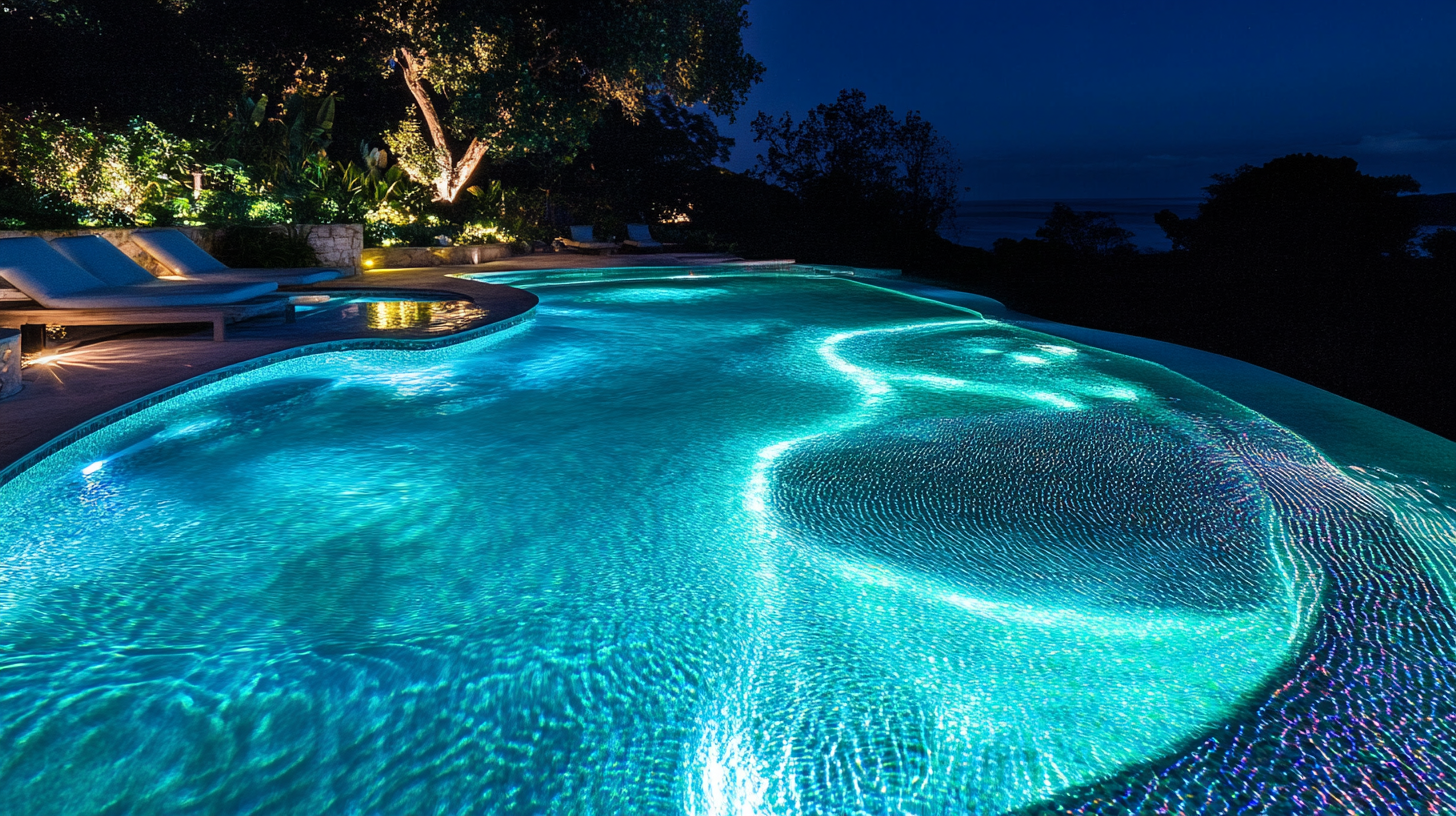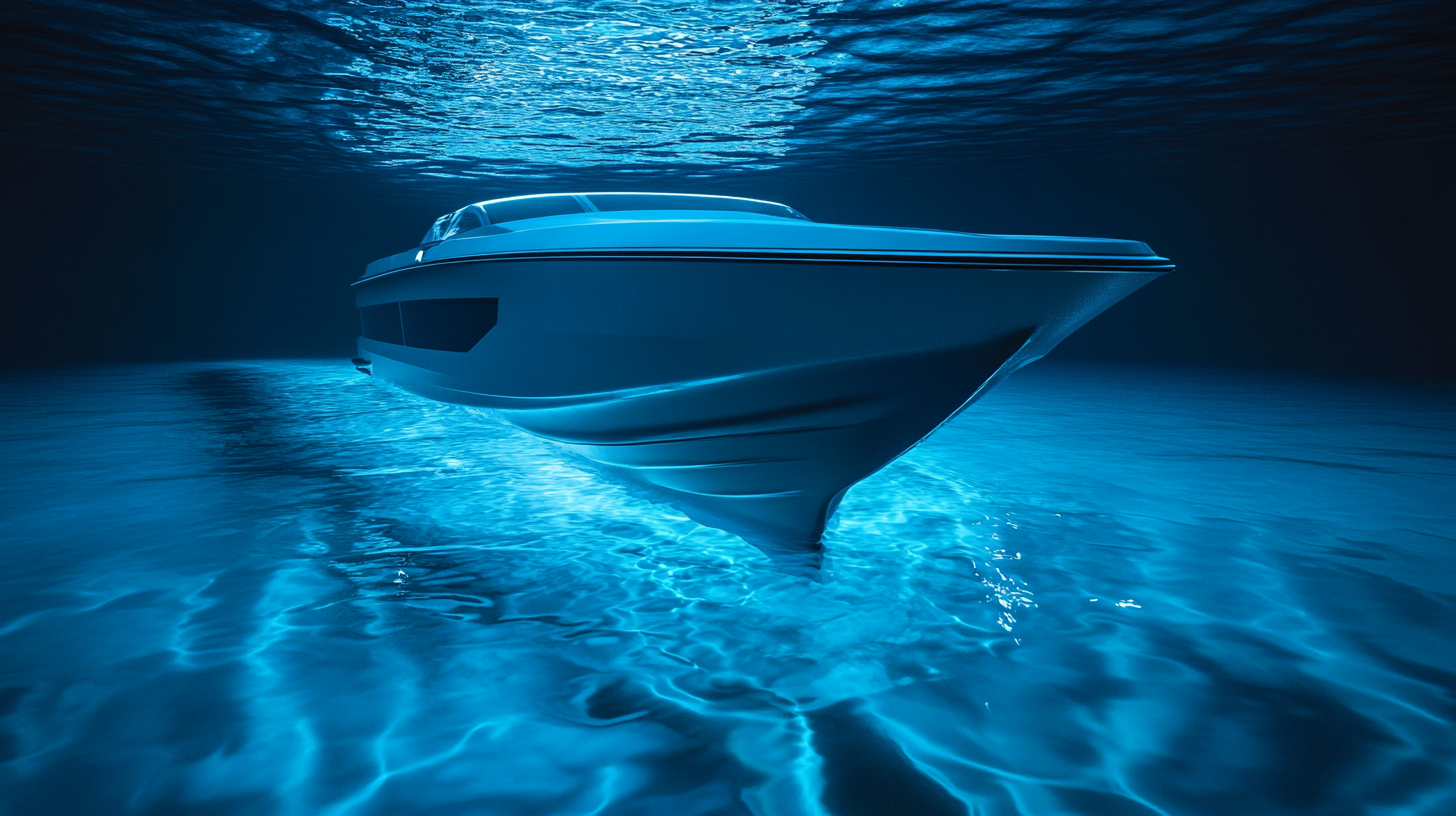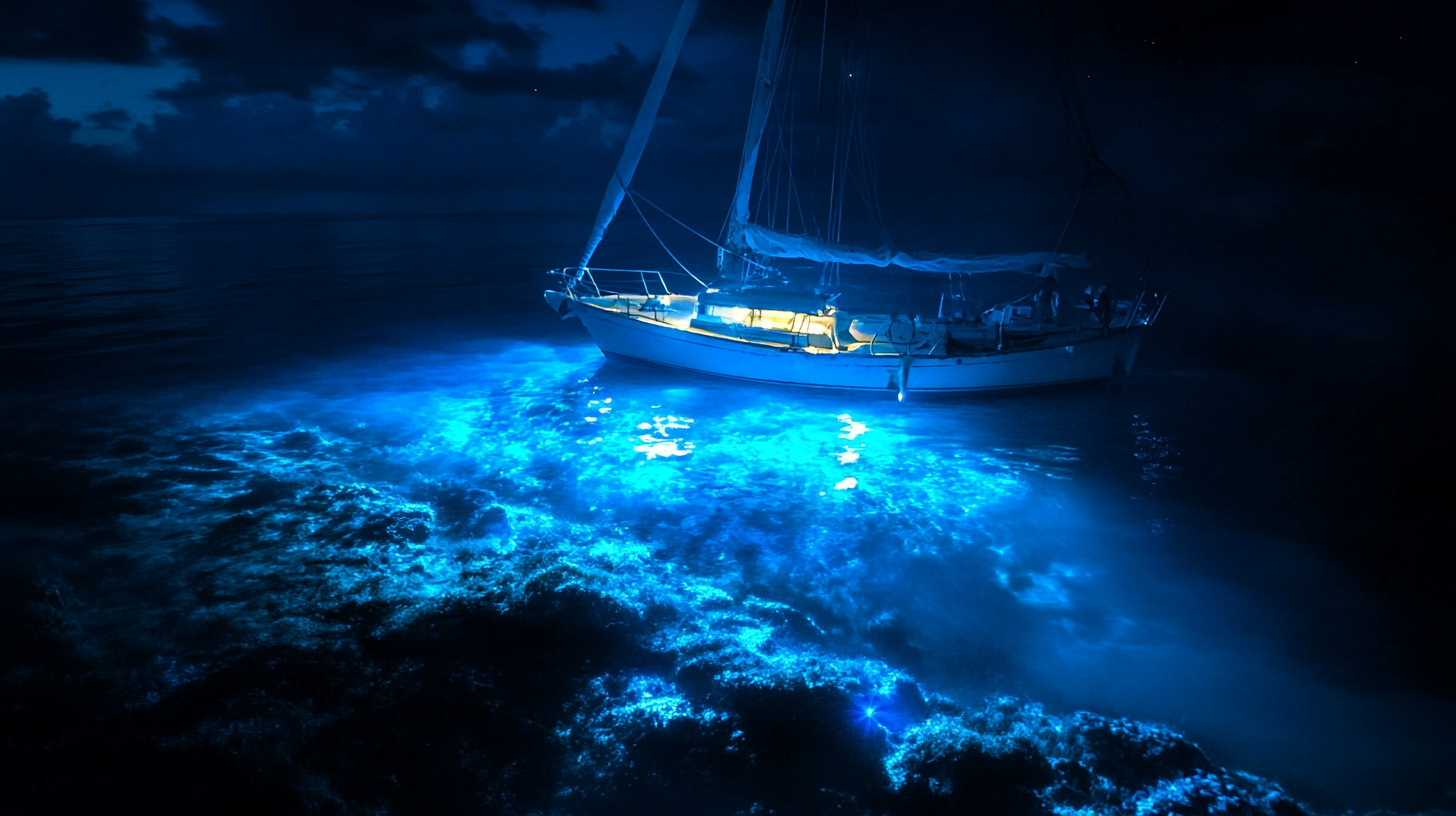How underwater pool lights affect water clarity
Illuminating a pool might seem like a straightforward task, but there is an intricate science behind it that directly impacts both ambiance and water clarity. When pool lights are well-engineered, they not only enhance mood and aesthetics, but they can also create a safer environment for night swimming. This dazzling spectacle originates when light reflects off the water’s surface and disperses into every shimmering ripple, creating a cascading effect throughout the pool.
The type of light used can dangle at the heart of how effectively it penetrates the water and lights up those captivating corners. Often, LED lights are chosen for their energy efficiency and clarity, as their bright, consistent glow can cut through even the most murky of waters. By contrast, older incandescent bulbs might falter, limiting their power to fully illuminate and thus affecting overall water transparency.
Moreover, the positioning of pool lights plays a crucial role. Strategically arranging lights along the bottom and sides can minimize shadows and ensure that the pool light spreads harmoniously, while preventing darker, less inviting areas. When lights are placed correctly, they work in tandem to showcase crystal-clear water and highlight the pool’s architectural elegance. The interaction between light and water isn’t static; as swimmers glide through, the dynamic nature of both elements creates a mesmerizing dance. So, with the right combination, pool illumination not only transforms the pool’s appearance but also subtly enhances its water clarity, making any nighttime dip an exhilarating experience.
Impact on algae growth
Underwater pool lights can exert a fascinating influence on algae growth, creating a sometimes questionable dance between aesthetics and pool maintenance challenges. Algae, those tiny aquatic invaders, are notorious for swiftly transforming the most inviting pools into pea-green troughs. Understanding how these lights affect algae can be an enlightening endeavor.
Algae thrive on two primary ingredients: sunlight and nutrients. While sunlight is an obvious energy source, the role of artificial lighting, such as pool lights, is often overlooked. The light spectrum emitted by pool lights can occasionally mimic the effects of natural sunlight. While not as potent as the sun’s rays, these artificial lights can extend the growth, even when the sun has long set. In essence, by enjoying a late-night swim under ambient glow, you might inadvertently be hosting a party for microscopic plant life!
However, before banishing pool lights altogether in algae paranoia, it’s important to remember that the type of light matters. LED pool lights, which are commonly used today, differ significantly from traditional incandescent bulbs in their light spectrum output. LEDs are less likely to emit the specific wavelengths that algae find most enticing. This doesn’t mean LEDs are algae-proof, but they represent a savvy choice when aiming to balance a beautifully-lit pool with the constant battle against algae.
Proper maintenance strategies can further curtail any undesired impact on algae proliferation caused by pool lights. Regular cleaning, optimal circulation, and maintaining chemical balance in the pool can disrupt algae nirvana, ensuring that your pool remains an inviting oasis rather than an algae amusement park. By understanding the interplay between light and algae, pool owners can continue to enjoy the atmospheric ambiance of underwater pool lights without sacrificing water clarity. So next time you’re basking in your pool’s glow, remember there’s more going on beneath the surface than a simple shimmer—the hidden science of pool lights and algae is at work.
Chemical reactions in chlorinated water
While underwater pool lights certainly enhance the beauty and usability of swimming pools, they can also trigger a symphony of chemical reactions within chlorinated water. These reactions are often subtle, occurring quietly under the surface, yet they have lasting effects on water clarity and quality. When pool lights are turned on, they emit energy that interacts with the chlorinated water in fascinating ways.
One notable interaction involves the generation of free radicals. These are highly reactive molecules that can result when chlorine molecules are excited by certain light wavelengths, such as UV rays emitted through sunlight or some types of underwater pool lights. While free radicals can help in breaking down organic matter, providing an additional layer of water hygiene, an overabundance can also expedite the degradation of chlorine. This breakdown is more prevalent in older lighting systems that emit UV light, potentially reducing chlorine’s ability to sanitize the pool effectively and maintaining water cleanliness.
However, modern LED pool lights are designed to minimize these issues. They have been engineered to emit a balanced and controlled spectrum of light, limiting the production of excess free radicals. Consequently, LEDs help maintain chlorine efficiency and enable a consistent disinfection process, ensuring that water clarity is not compromised after long hours of nighttime swimming.
Another intriguing impact of pool lighting on chlorinated water comes tied to something as simple as temperature. Lights, particularly traditional and powerful ones, can heat surrounding water, inadvertently altering its chemical properties. Even a slight increase in temperature can influence the speed of chemical reactions, often accelerating chlorine consumption and demanding more frequent pool maintenance to retain clarity.
To counteract these reactions, pool owners should routinely monitor their pool’s chemical balance. Checkups should include measuring chlorine levels and adjusting pH to avoid any unwanted changes in water clarity. Pool care products and technologies nowadays provide specialized solutions that consider the impact of underwater lighting, offering maintenance tips to keep water shimmering under those dazzling lights while balancing the chemical equation. The interplay between lighting and pool chemistry is as delicate as it is fascinating, demanding its due diligence even while enjoying that cool, beautifully lit water after dark.
Maintenance and cleaning considerations
When maintaining underwater pool lights, regular cleaning is paramount to uphold their efficiency and, in turn, maximize water clarity. The lights, often submerged and exposed to the elements, can accumulate a layer of algae, dirt, and calcium deposits, which can affect both brightness and water quality. To prevent this buildup, it’s essential to schedule routine cleaning sessions at least once every couple of months, or more frequently if the pool sees heavy use.
For optimal cleaning, begin by carefully removing the lights from their fixtures if designed to be pulled from the water safely. Using a soft brush and a mild detergent solution, gently scrub the surface of the lights. Pay particular attention to any crevices where debris might lodge. A non-abrasive cloth can help polish the light lens, restoring its transparency and ensuring it refracts light properly.
Furthermore, the water around the lights can become warm due to the heat they emit, creating a microenvironment prone to specific chemical reactions. Therefore, ensure that pool lights are cleaned without using harsh chemical cleaners that can contribute to undesirable reactions with the pool water.
Besides regular cleaning, checking the electrical components is crucial. Inspect wiring for signs of wear or corrosion, which can not only affect light functionality but also pose safety risks. Adjusting the seal around the light fixture will prevent water ingress, which can damage both the lights and the pool’s electrical systems. Pool lights operating at their best enhance the perception of water clarity, creating a visual difference immediately noticeable after maintenance.
Proper maintenance extends to monitoring the energy consumption of your pool lights. Older bulbs can become less efficient over time, using more energy to produce less light. This inefficiency can contribute indirectly to poorer pool water clarity as lights struggle to illuminate the pool adequately. If energy use spikes or light output dims unexpectedly, consider replacing old bulbs with energy-efficient alternatives like LEDs. These not only promise a reduced environmental footprint but also lower power costs and ensure consistent lighting for better water clarity.
Adhering to a dedicated maintenance routine not only prolongs the life of the pool lights but also ensures that they continue to affect water clarity positively. By integrating these upkeep steps into your pool care routine, you’ll maintain both aesthetic appeal and ensure a safe, clear, and inviting swimming environment.
Choosing energy-efficient lighting options
Choosing the right lighting options for your pool not only impacts energy usage but also plays a significant role in enhancing water clarity and the overall swimming experience. Modern technology offers a wealth of energy-efficient lighting solutions that are both eco-friendly and visually appealing, allowing pool owners to strike the perfect balance between performance and cost-effectiveness.
LED lights have surged in popularity for their remarkable energy efficiency and brilliant illumination. Compared to traditional incandescent bulbs, LEDs consume significantly less power while providing a brighter and more consistent light output. This efficiency means that pool lights can remain on for extended periods without inducing guilt over energy bills. Furthermore, LEDs are known for their longevity, often enduring thousands of hours of use before needing replacement, reducing both waste and maintenance costs.
In addition to efficiency and lifespan, LEDs offer a spectrum of color options that allow pool owners to create personalized lighting schemes. Whether you desire a tranquil blue hue for a serene ambiance or vivid colors for a party atmosphere, LED pool lights make customization an exciting and straightforward endeavor. Programmable LED systems even allow for dynamic lighting effects, turning your pool into a centerpiece of visual delight.
Solar-powered lights are another intriguing option for the environmentally conscious pool owner. While not as powerful as traditional electrical systems, solar lights have improved significantly and can be sufficient for accent lighting or subtle mood enhancement. They harness the sun’s energy during the day, providing a sustainable lighting solution with zero energy cost. However, their dependence on sunlight can limit performance in consistently overcast regions or during extended overcast periods.
Smart lighting technology also brings innovative possibilities to pool lighting management. Smart systems can be controlled through apps or even voice commands, offering convenient operation while optimizing energy usage. Automated scheduling features allow lights to turn on and off according to a set timetable, ensuring they operate only when needed and further conserving energy.
When choosing underwater pool lights, it’s crucial to consider both initial costs and long-term savings. While LED and smart lighting systems may have higher upfront costs compared to basic models, the reduction in energy consumption and extended lifespan can lead to savings over time. Moreover, the enhanced water clarity provided by efficient lighting can make every swim more enjoyable while maintaining the pool’s inviting look.
Ultimately, selecting the most suitable energy-efficient pool lighting involves evaluating your personal requirements and aesthetic preferences. By embracing modern lighting technologies and incorporating them into your pool design, you not only contribute positively to the environment but also enjoy the many benefits that enriched water clarity and atmosphere provide. Whether you aim to create an enchanting nighttime oasis or simply wish to illuminate for functional purposes, the right energy-efficient lighting options will transform your pool experience.


